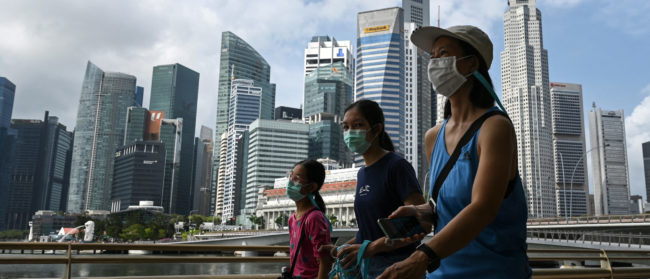Reporting from Phnom Penh by Alastair McCready, Bangkok by Wanpen Pajai and Phu Quoc/Saigon by Govi Snell.
Few outings to a nightclub can claim such dire consequences as the early-February gathering at N8, a windowless adult entertainment venue in an unsuspecting district of the Cambodian capital Phnom Penh.
Two attendees, unwitting carriers of the more-infectious B.1.1.7 variant of Covid-19, also known as the UK strain, infected scores of people on the night of February 8 as they mingled among crowds at N8. They were two of four women – arrivals a day earlier on a private jet from Dubai, bound for the city’s high-end commercial sex industry – who had been smuggled out of quarantine at the luxury Sokha Hotel that evening by an unnamed broker.
In what became known as the February 20 Community Event, an initial 31 cases would be linked to gatherings that first night at N8 and over subsequent days. One of the women would reportedly return to the nightclub five times before both were caught returning to quarantine on February 16.
Two months since the incident, total cases nationwide have spiralled from the low hundreds to the thousands as Cambodia’s house of cards has come crashing down. All available evidence for this sharp upturn in cases points to one place, says medical epidemiologist Dr Michael Kinzer.
“There’s no evidence to suggest that any of [Cambodia’s] cases are not linked to the February 20 importation event,” said Kinzer, an officer with the US public health service posted to the Centers for Disease Control’s Cambodia country office, where he serves as the global health security programme director.
Though Cambodia had experienced minor outbreaks previously, the surging arrival of B.1.1.7 has overwhelmed test and trace capacity.
“The infection was able to spread very quickly while we were trying to catch up. More quickly than we’ve had to deal with before, and it’s just outrun us,” Kinzer added. “We have not yet achieved control of this outbreak. In the last couple of days we had record levels of daily cases.”
Cambodia is not alone in its rapid decline since February. While the unfolding public health disaster in India dominates global headlines, a slower burning crisis is emerging across Southeast Asia’s Greater Mekong Subregion, with Thailand and Laos also witnessing a spike in cases in recent weeks and months.
Once heralded as unique case studies in successfully containing the virus, seemingly immune to its most severe health effects, these three nations are now brewing outbreaks fuelled by potent strains, porous borders and public holidays. With the virus spreading on its doorstep, Vietnamese officials are also anxiously preparing for what seems an inevitable arrival of cases. Though infection rates remain low in Vietnam, it now joins its neighbours in the scramble to halt the spread of Covid-19 before it’s beyond control in a region collectively home to nearly 200 million people.
Dr Jessica Manning, a researcher at the National Institutes of Health (NIH), told the Globe that B.1.1.7 has exposed many previously held myths surrounding the Mekong region’s supposed resilience to the virus.
“We thought that there was this mystery to the Mekong, that maybe Southeast Asia was faring better than the rest of the world because of preexisting immunity,” said Manning, who has studied infectious diseases in Cambodia since 2017, pivoting in January last year to track Covid-19 in the Kingdom.
“But with the new variants that have exploded, it’s just so much drastically worse that we no longer harbour those thoughts of Cambodians or Thais or Vietnamese having some shield related to pre-existing immunity. B.1.1.7 has just blasted through all of that.”
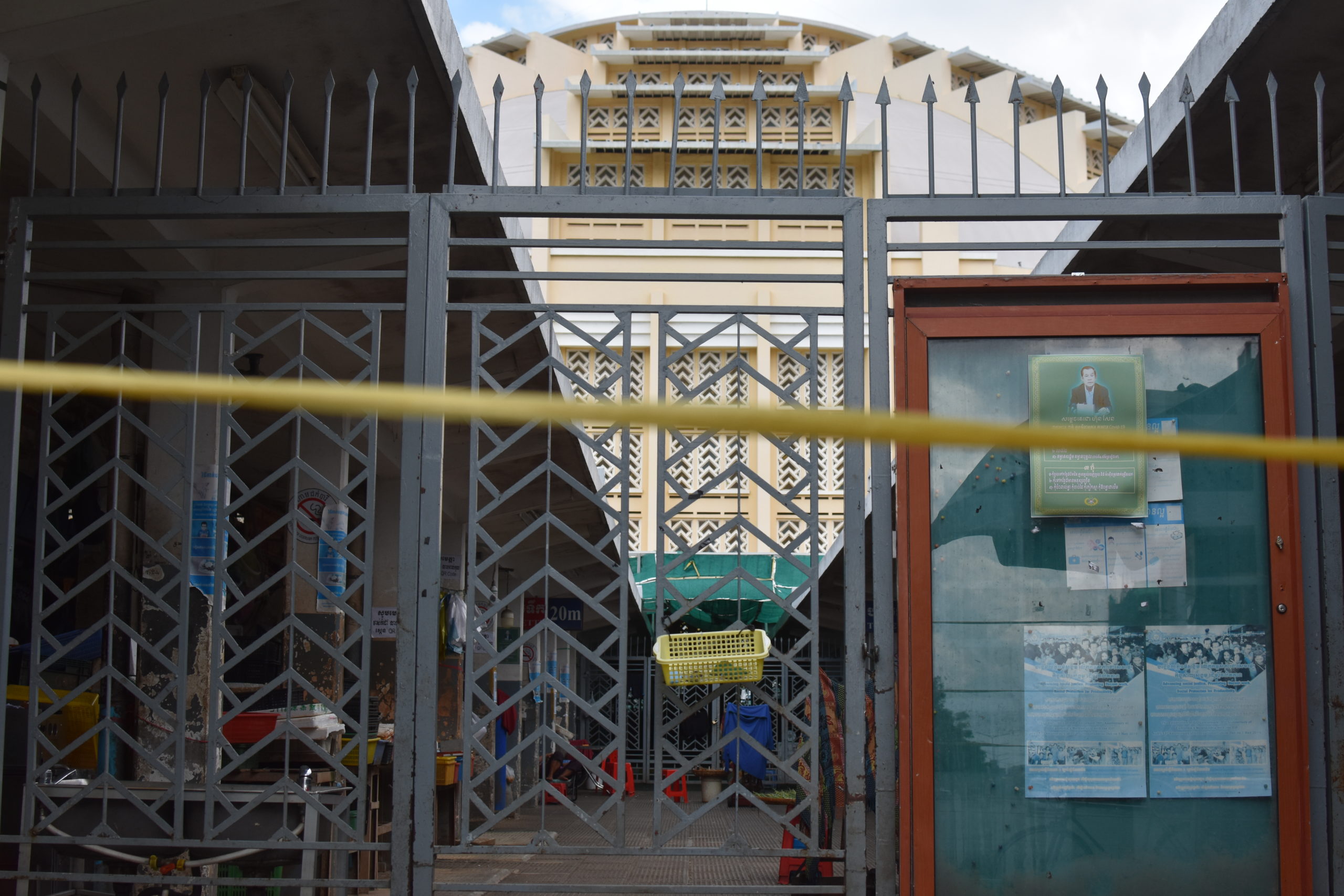
Thonglor outbreak and Mekong crossings
It’s within recent memory that Cambodia still boasted some of the best Covid-19 public health statistics globally. As of late January, the Kingdom recorded the fourth lowest cases per capita worldwide, and was also the largest country population-wise to report no fatalities of those with more than 20 cases. At that point, simple public health measures proved effective in containing the virus.
“With the wild type [early] virus, Cambodia seemed to do ok with these really bread and butter public health measures, like quarantine, lockdown, schools closed, good contact tracing,” Manning said.
But since that ill fated night, cases have jumped from 516 as of February 20 to 17,621 as of May 7. The B.1.1.7 variant, now Cambodia’s dominant strain according to Kinzer and Manning, has spread with ruthless efficiency. Deaths have also begun to mount with 114 as of publishing – dispelling yet another myth around Cambodia’s resilient, youthful population.
“I don’t think there is a single element, but the strain definitely contributes,” Kinzer said. “We know that it’s a more infectious strain, there’s suggestions that it’s a more severe strain. The infectiousness has really shown itself in how quickly the numbers have increased.”
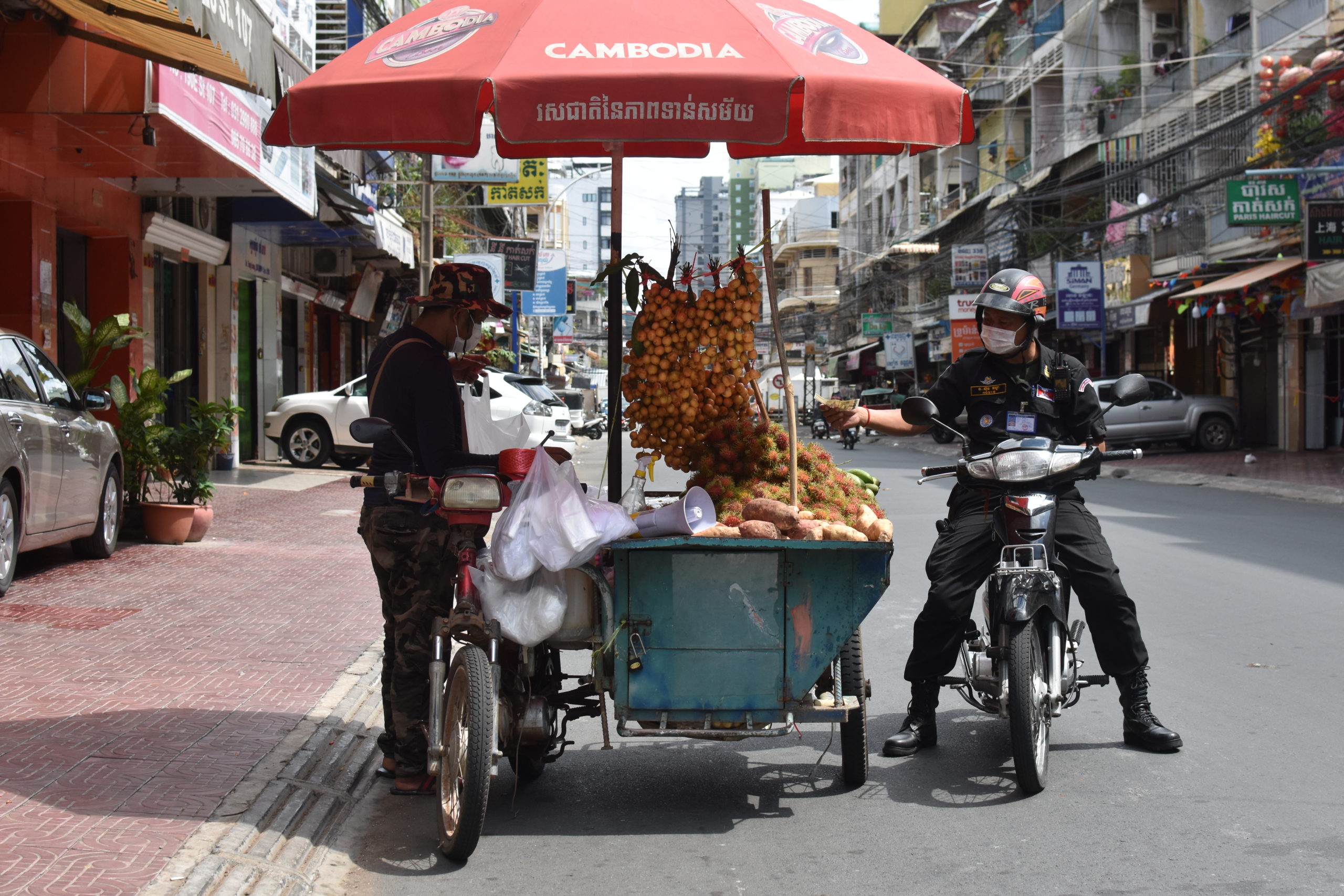
Over Cambodia’s north-western border, recent weeks have also seen a dramatic escalation in confirmed cases in Thailand. The country is now experiencing a third wave of infections in its worst outbreak yet.
The past month has ended the country’s relative success in controlling the virus and near-zero in-country transmission for much of 2020. Until April 5 this year, there had been 29,321 total cases and 95 deaths since Thailand’s first recorded case on January 13, 2020. On May 7 alone, the country posted a record high of 2,044 new cases and 27 deaths, adding to its 78,855 total cases and 363 deaths.
Daily cases began to soar in the first week of April, increasing nearly ten-fold from 58 on April 2, to 559 cases by April 9. These largely emanated from a new cluster that emerged from nightclubs in Bangkok’s popular nightlife district Thonglor.
“The best evidence we have is that the upsurge started by transmission in the [Thonglor] area amongst relatively young people who are very mobile,” said Dr Rick Brown, programme manager for health emergencies at the World Health Organization in Thailand.
Bangkok’s explosive growth has been linked to the discovery of the B.1.1.7 variant in 24 of the 504 cases recorded from the entertainment venues, the first known local infections involving the strain. Brown estimated that 98% of cases now circulating in Thailand are B.1.1.7.
“Because [the Thonglor outbreak] predominantly affected relatively young people, many of these individuals didn’t have symptoms or they only had very mild symptoms. That created a situation where there was some spread.”
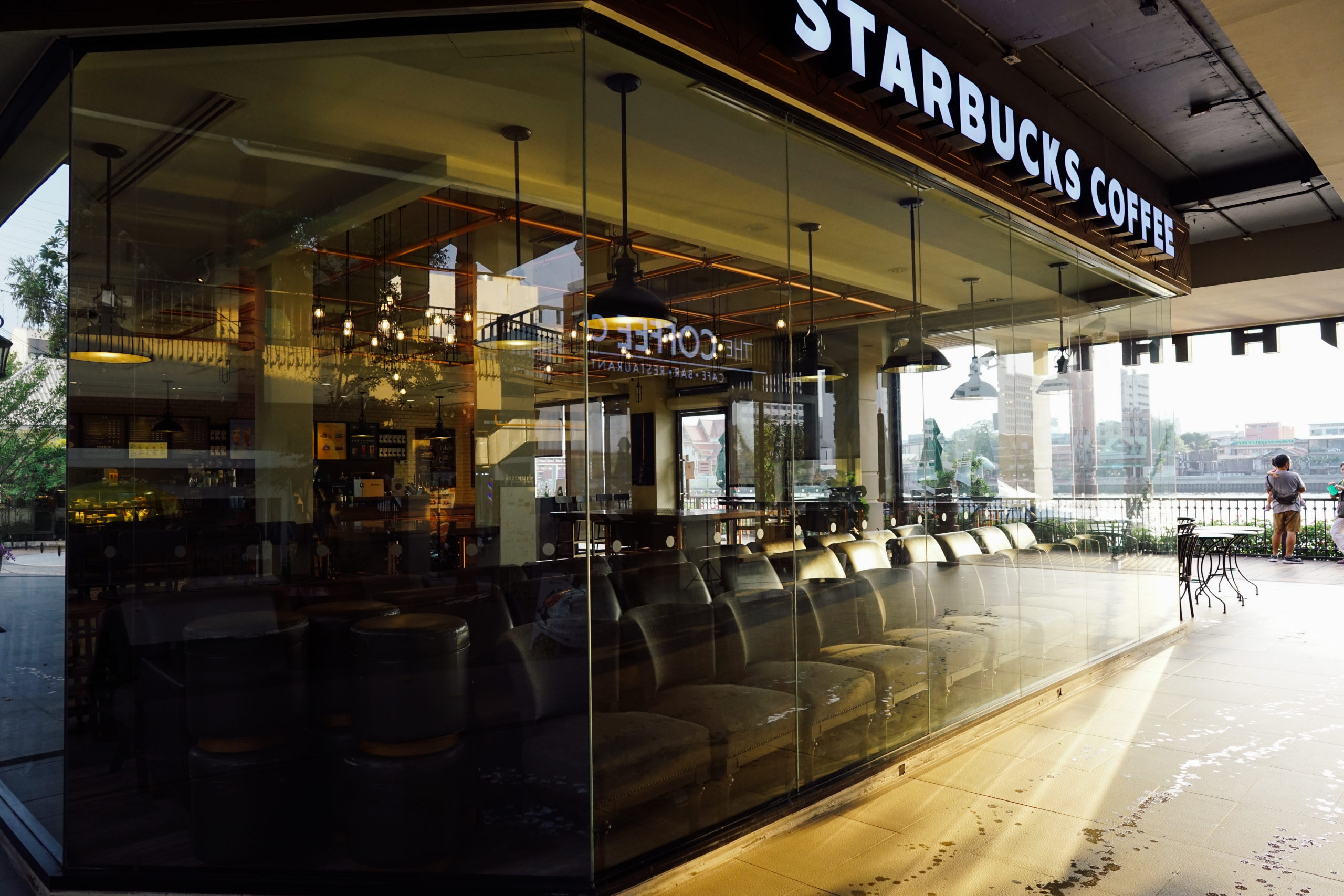
By mid-April, the outbreak in Thailand had crossed to Laos, a country almost entirely untouched by the health effects of the virus until then. Dr Chansaly Phommavong, deputy director of the Planning and Cooperation Department at the Lao PDR Ministry of Health, said the cases were linked to irregular crossings over Laos and Thailand’s porous shared border.
“We already knew that there were imported cases from Thailand that came into Laos,” he told the Globe. “[The individuals who contracted Covid] did not pass through official checkpoints, entering the country secretly around areas close to the Mekong River.”
One case involved a Lao national who had met with two infected Thai nationals that had crossed to the Laotian bank of the Mekong river by unofficial means on April 6. A second case involved a Lao national who had visited Bangkok for cosmetic treatment on April 7, crossing back by unofficial means to the Laos capital Vientiane while infected. A third incident involved a man who had been working in Bangkok and had crossed into Laos by boat in the early hours of April 11 before later testing positive.
Until April 9 this year, Laos had recorded a total of 49 cases. As of May 6, the most recent figures available, this has jumped to 1,177 confirmed cases, despite Vientiane being placed under a semi-lockdown for much of April. Deaths remain at zero.
According to the World Health Organisation country office in Laos, as of April 28, there were seven B.1.1.7 cases confirmed in the country. Still, Dr Chansalay remained optimistic while speaking with the Globe.
“Hopefully, in the next coming week we are going to be in control of the outbreak,” he said.
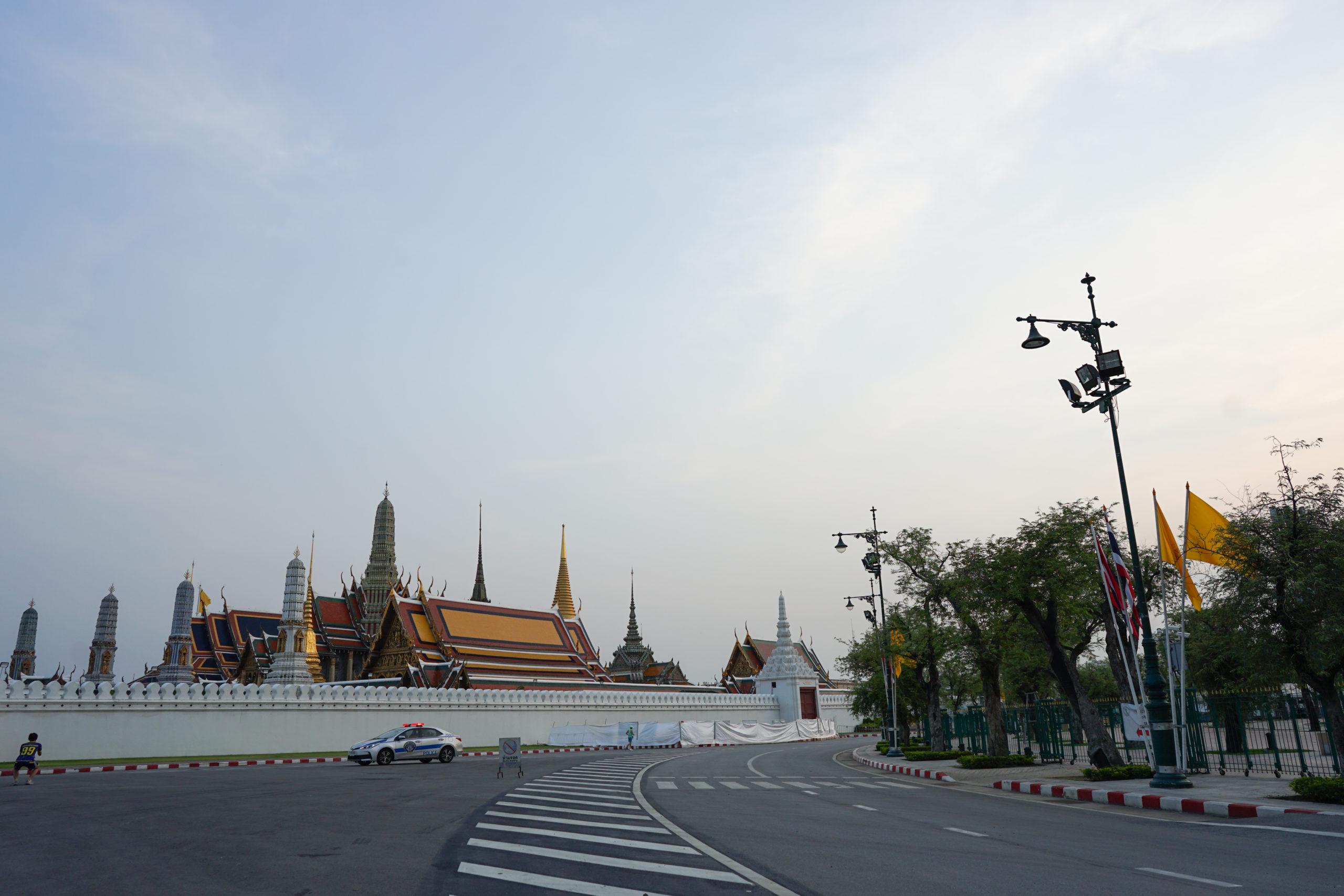
Piecing together the puzzle
The almost simultaneous outbreaks of the virus across the region have left virologists attempting to piece together an intricate cross-border puzzle.
While in Cambodia, the B.1.1.7 variant has clear and established origins, and Laos can point to porous borders and importation from Thailand, the viral link between the two kingdoms remains a point of speculation. Cambodia and Thailand’s long-established cross-border migration, slowed but not halted during the pandemic, is an important avenue of enquiry for most.
“The fact that Thailand, Laos and Cambodia have always had porous borders and human migration, it would be remiss of us to think that it’s not connected in some way,” Manning said.
“Despite these countries’ best efforts at keeping their populations contained, we know millions of people move across these borders every year and there still has to be some population flow even in this current situation.”
While reluctant to make a firm link, Brown agreed that based on outbreak timelines there was “circumstantial evidence” pointing to a spread from Cambodia to Thailand. Manning herself was keen to explore this link, but said it would take significant regional cooperation to definitively establish a clear point of origin.
“[Whether this outbreak emerged in Cambodia] will be hard to know without exact timetables. If we sequenced all of these samples from the different countries we could tell you how they were connected or how genetically distant they were apart from each other on a certain timescale,” Manning said.
We rely on the Pasteur Institute for our sequencing information here in Cambodia, and they have not yet used the terminology Cambodian variant
Kinzer said discussions regarding greater collaborative efforts to track the virus were underway among the region’s Pasteur Institute laboratories, a network of non-profit research teams that has played a significant role in the sequencing of the virus in Cambodia, and across the region.
“I do know that the Pasteur Institute in Cambodia, which is the lead sequencing laboratory, is in discussions with laboratories in Vietnam and Thailand,” he said.
Others have gone a step further in establishing a Cambodia to Thailand route. Dr Yong Poovorawan, a virologist at Chulalongkorn University’s Faculty of Medicine working with the Thai Ministry of Health, claimed in early April the discovery of a ‘Cambodia strain’, which he speculated spread to Thailand via irregular migration.
“The latest strain found in Thailand does not match 100 per cent with the British or other strains, but displays a 100 percent match with the Cambodia strain,” Yong wrote April 10 on his Facebook page followed by more than 146,000 users.
It’s a bold claim, and while Manning or Kinzer both agreed it’s not impossible, it was not something for which either had seen any evidence.
“I have not heard that,” Kinzer said. “We rely on the Pasteur Institute for our sequencing information here in Cambodia, and they have not yet used the terminology Cambodian variant.”
The Globe was unable to speak with Yong prior to publishing.
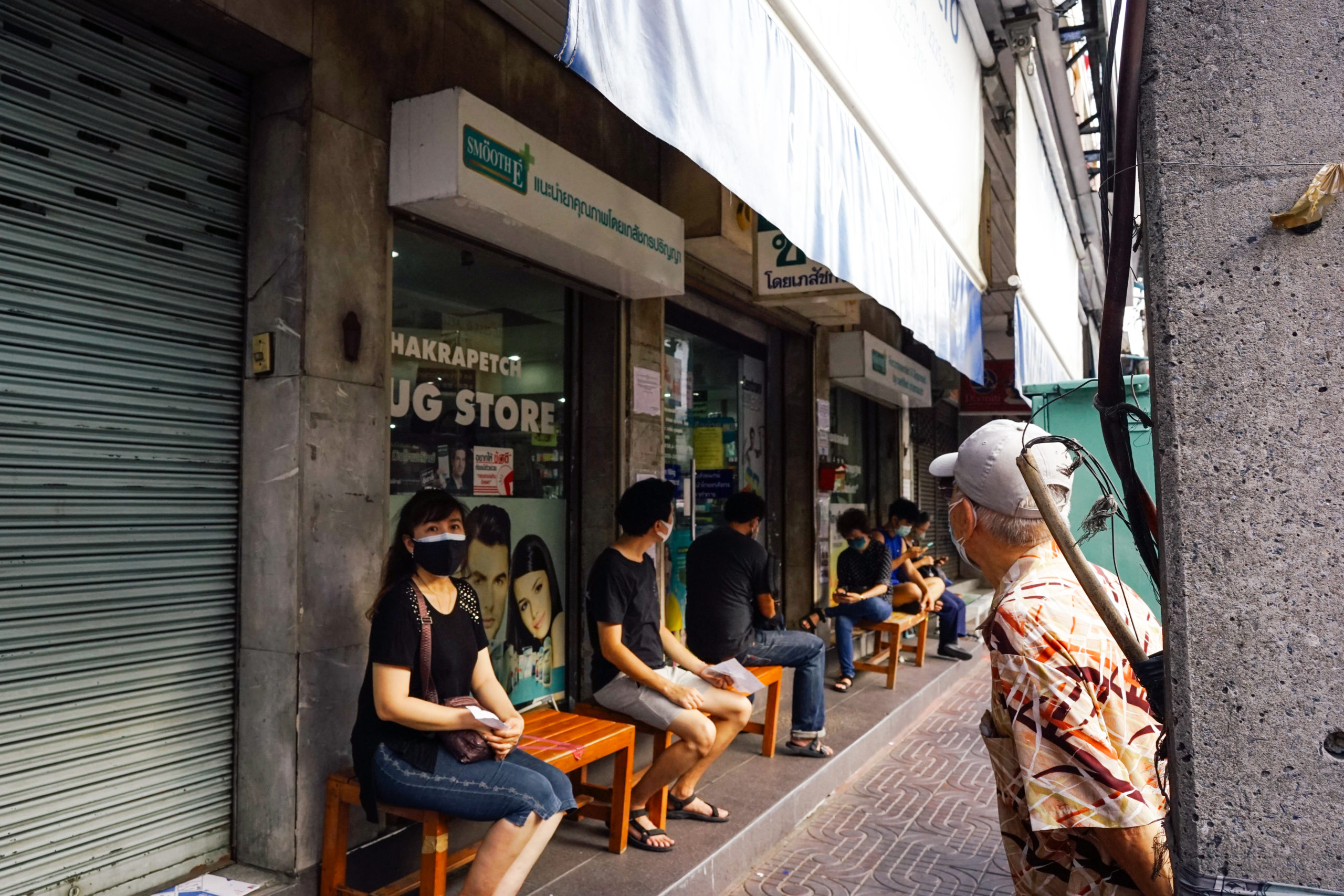
However it arrived and spread in the region, all agree the emergence of the B.1.1.7 variant is a significant factor in this regional outbreak. But combined with this potent new strain is unfortunate timing, with rising cases coinciding with mid-April new year’s celebrations in all three countries.
In Thailand, cases arose just before Songkran, the kingdom’s new year holiday held between April 13-15. Between March 28 and April 3, cases were reported in just 14 provinces, with most having less than 10 cases. By April 16, cases were recorded in all 77 provinces, with 29 reporting 50 or more cases.
“It’s hard to say definitively, but what we observed was that at the beginning of this upsurge were cases concentrated in Bangkok and the surrounding areas,” Brown said. “Shortly after that, around the time people were travelling, there were cases appearing in multiple provinces.”
Though Cambodia imposed an interprovincial ban prior to Khmer New Year, held between April 14-16, the week following saw a significant spike in new cases. It’s unclear how the holiday impacted this.
In Laos, the outbreak aligned with Pi Mai, which was crucial in accelerating the spread according to Chansaly. On March 30, only the Vientiane capital and Savannakhet province had recorded cases. By April 27, after people travelled within the country during new year celebrations held between April 14-16, only four of Laos’ 18 provinces were Covid-free.
“It’s gone down to the community level as an in-country outbreak and not an import outbreak anymore,” Chansaly said.
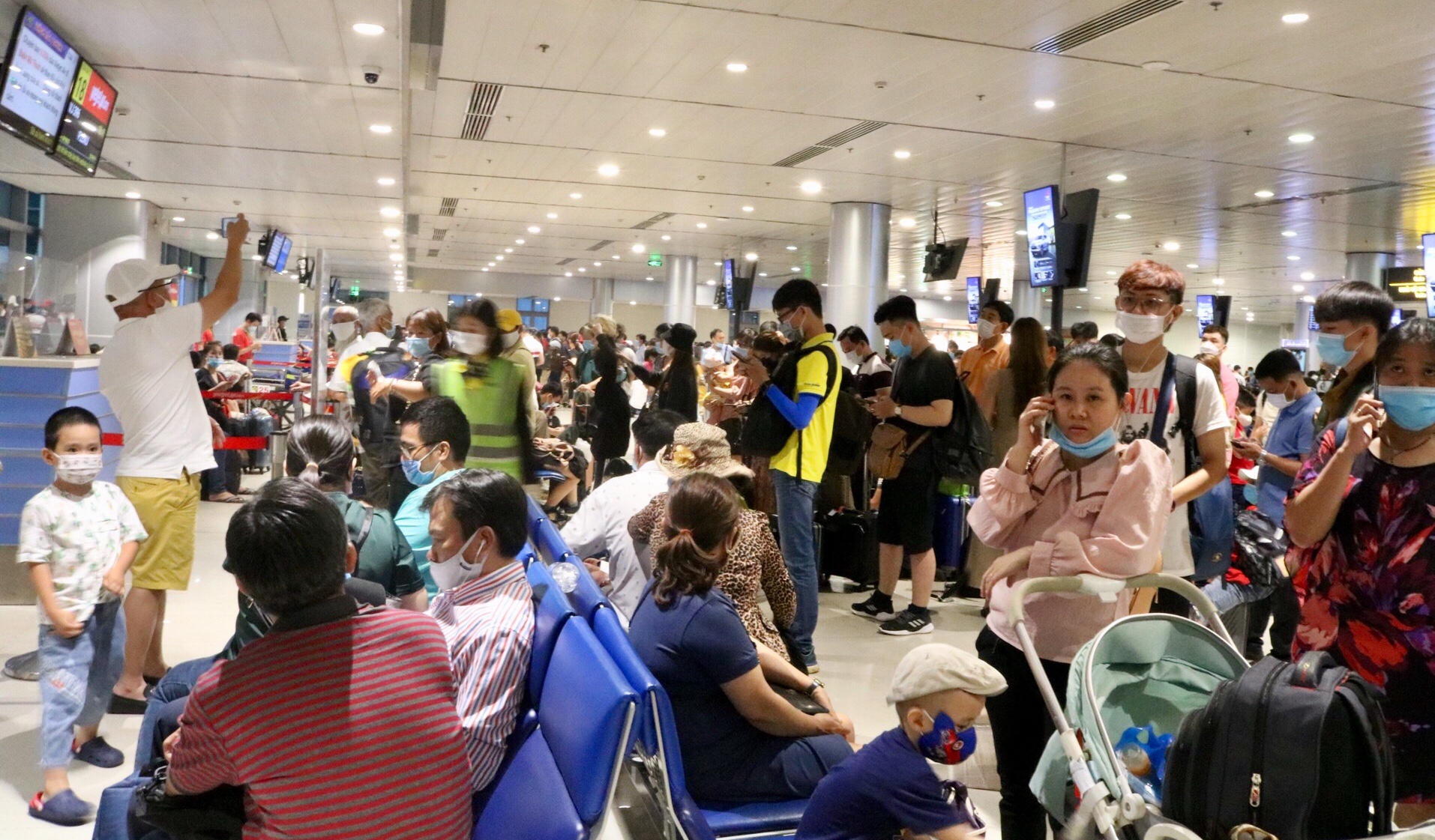
Knocking on Vietnam’s windows
As the rest of the Mekong region struggles to gain control of viral outbreaks, in Vietnam, authorities are still trying to prevent the crisis from taking root. But after more than a year of pandemic conditions, signs of virus complacency have perhaps set in among the general public, even as B.1.1.7 provides the harshest trial yet.
Masked travellers were packed shoulder-to-shoulder in Ho Chi Minh City’s Tan Son Nhat airport on the first day of Vietnam’s four-day weekend from April 30 to May 3, when domestic tourism boomed across the country. One popular destination was Phu Quoc – Vietnam’s scenic, albeit increasingly polluted, southern island getaway. At Tan Son Nhat, domestic travellers crammed into an achingly slow, standing-room only bus that ushered the group to the plane that would carry them to their destination.
But while mask-wearing was firmly enforced on flights and within airports, when it came to arrival at the island it was masks off for most as they flocked to beaches, restaurants and tightly packed pubs.
Dr Todd Pollack, an infectious diseases physician and country director of the Partnership for Health Advancement in Vietnam (HAIVN), said lax attitudes towards mask-wearing amongst the public was to be expected after such a long period of successful containment.
“I think it’s only natural,” he told the Globe. “I still have confidence though that if and when cases in the community start going up, people will quickly return to their vigilant selves.”
Regardless of the atmosphere among the citizenry, Pollack said the government was on high alert prior to the holiday weekend.
“It seemed different in terms of concern inside the government that this weekend could lead to something,” he said.
In Phu Quoc, the four-day holiday came amidst concerns that the spiralling Covid-19 crisis in Cambodia could spill over into Vietnam via irregular border crossings. Sitting just 50km off the coast of Cambodia in the Gulf of Thailand, the island has long been a hotspot for unofficial entries from the Kingdom. So far this year, six such instances have been reported with over 39 people arriving on the island. Most recently, on April 21, five returning Vietnamese were arrested after making their way back from Cambodia.
“Many police are patrolling the ocean around Phu Quoc island,” said Hoang Anh, a local tour guide in An Thoi. “The police are everywhere.”
Vietnam’s land borders are also of key concern, with the government ramping up security on the long frontiers with Laos and Cambodia. On April 13, a married couple were intercepted and quarantined attempting to cross into Mekong Delta province An Giang from Cambodia. Both later tested positive for the virus.
“In the Mekong Delta, there are many Khmer families that have some people that live in Cambodia and some that live in Vietnam, so they move many times a year [between the countries],” Truong Huu Khanh, a Saigon-based doctor who has been specialising in infectious diseases for over 35 years, told the Globe.
As case numbers balloon, the Vietnamese government has a vested interest in assisting bordering countries to quell their crises. They have already begun aiding neighbours with Deputy Minister of Health Nguyen Truong Son and 35 medical experts travelling to Laos on May 4. Similar efforts are underway with Cambodia.

They have closed the doors for a while now, but [the virus] is knocking louder on the doors and windows trying to get in
As of publishing, Vietnam has had 121 locally-transmitted cases since April 27. But as of yet, there has been no known spread of Covid-19 linked to the outbreak in Cambodia or Laos, with Pollack labelling new cases “coincidental”. The current local infections can be tied to clusters in northern Ha Nam and Vinh Phuc provinces, and most recently in a Hanoi hospital, far from the Cambodian or Laos border.
Vietnam’s own well-documented, highly effective measures to contain the coronavirus has left the country relatively unscathed, having documented just 35 deaths to date. But although it is yet to be impacted by the regional rise of Covid-19, informal entries are of top concern.
“You have the combination of more infectious variants and more cases, so there is a higher chance of any random person who is skipping quarantine to be carrying the virus,” Pollack said. “But what is more concerning is the unknown – people who may or may not have entered the country or interacted with Vietnamese citizens from the bordering countries during the holiday weekend.”
Based on a one-week incubation period for symptoms, and a further week for severe symptoms, Pollack said infections from Vietnam’s recent long holiday weekend could take about two weeks to be detected.
It remains to be seen if Vietnam’s lauded efforts in fighting the coronavirus at home will continue to be effective during this regional outbreak. But Pollack believes low levels of vaccinations and cases spiking along its borders means the walls are at risk of closing in.
“Vietnam has done everything right. What they just need to do now is get the population vaccinated,” said Pollack. “They have closed the doors for a while now, but [the virus] is knocking louder on the doors and windows trying to get in.”

